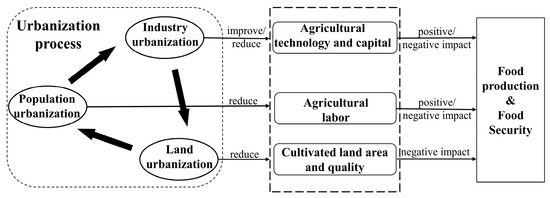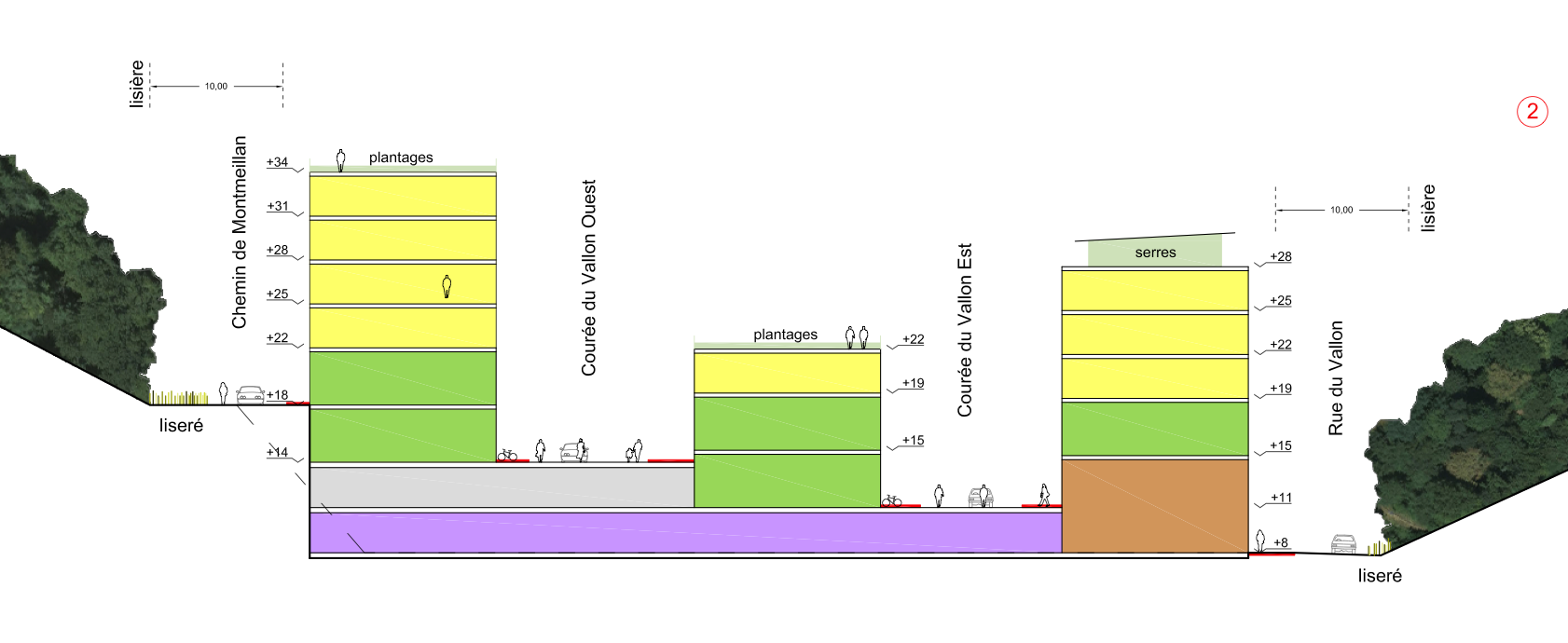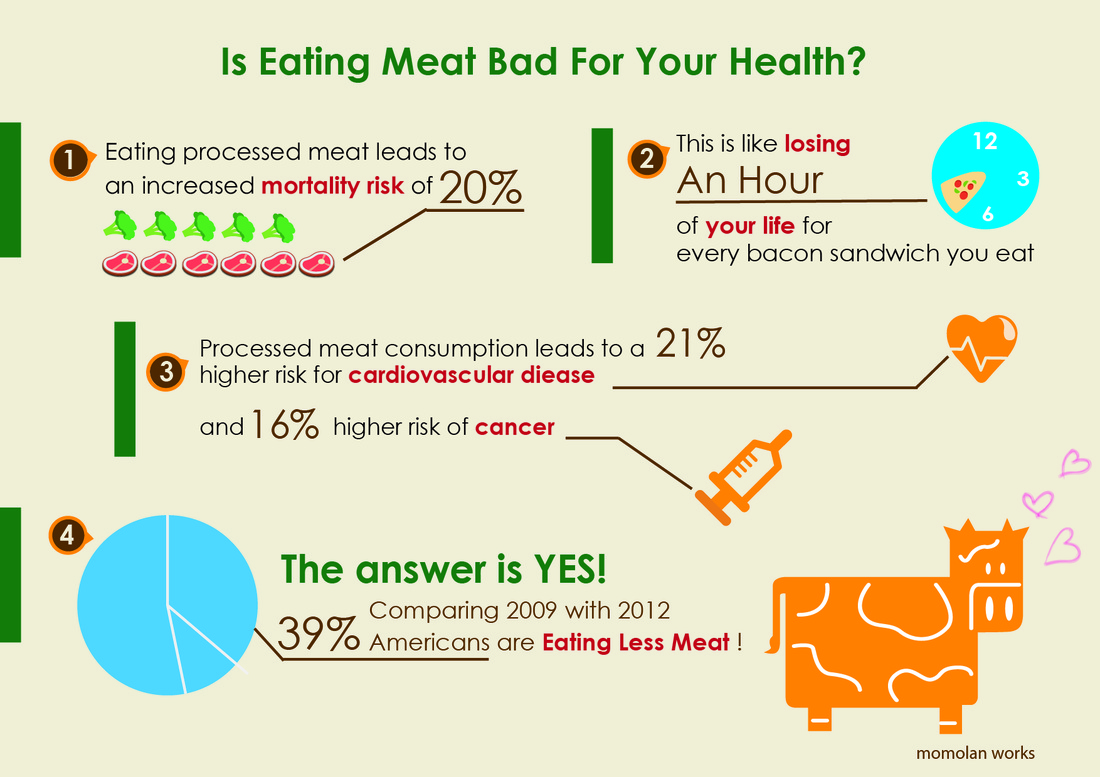The Impact of Urbanization on Food Security A Biology Diagrams 1 INTRODUCTION. Humans impact virtually every habitat on earth. One of the most striking and pervasive of all anthropogenic changes is urbanization—more than half of all humans now live in cities (Seto, Sanchez-Rodriguez, & Fragkias, 2010).Among the many differences between urban and rural environments, cities are typically warmer, more homogeneous and less permeable, creating novel However, continuing urban sprawl often makes it difficult to set clear boundaries between urban and rural areas. At the same time, land—including in urban peripheries and adjacent rural zones—is becoming more expensive and farmers often sell land for non-agricultural uses, which leads to further urban expansion.

this syndrome is associated with reductions in food web complexity in urban streams, an effect that ap‑ pears to be greater in neighborhoods of higher proper‑ ty values (Fig. 3). Covariation in aspects of food web structure and human socioeconomic characteristics was raised by many speakers. Paige Warren and Chris
Urban Studies Urban sprawl and the emergence Urban Studies ... Biology Diagrams
A systematic review methodology was conducted, combined with data synthesis, to examine the interactions between urban sprawl, land and resource use changes, agricultural production and food As noted by Smit (2016), the expansion of the geographic extent of cities (henceforth denoted as urban sprawl 1) and other, sometimes related environmental challenges have substantially changed the landscape and complexity of food systems (Battersby, 2013).This is most evident in the case of urban environments in developing countries, where urban food security and the urban food supply are of

Introduction. In 2014, Khoo and Knorr identified the global shift in population demographics as one of the twenty-first century grand challenges, which warrants research prioritization by the food and nutrition communities.A persistent global growth trend toward urbanization can be attributed to this demographic shift. Satterthwaite et al. characterized urbanization as "the increasing share

Food for an Urban Planet: Challenges and Research Opportunities Biology Diagrams
City officials and civil society organizations have become more aware of the potential effects of UA on food systems due to its growth. This has resulted in a variety of policies that regulate and support UA (Fox-Kämper et al.,2023). These innovations are in line with UA's primary goals of resource efficiency and urban resilience. Hamidi S, Urban sprawl and the emergence of food deserts in the USA, Urban Studies, 10.1177/0042098019841540, 57, 8, (1660-1675), (2019). Crossref Tryba A, Filling the Void with Food: Urban Gardens as Safe Spaces and Alternatives to Vacant Land, Enabling Gender Equality: Future Generations of the Global World, 10.1108/S0895-993520150000023007
